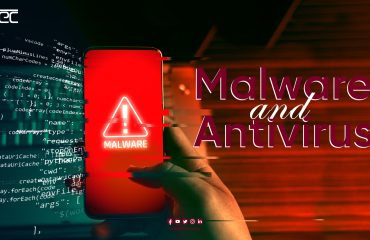
In recent years, the proliferation of Internet of Things (IoT) devices has brought unprecedented convenience and connectivity to our lives. From smart thermostats to wearable fitness trackers, IoT devices have become integral parts of our daily routines. However, with this increased connectivity comes a heightened risk of cyber attacks, including Distributed Denial of Service (DDoS) attacks targeting IoT devices. In this blog post, we’ll delve into the nature of DDoS attacks on IoT devices, their impact, and strategies to mitigate these threats.
The Rise of IoT Devices and Their Vulnerabilities
IoT devices are characterized by their ability to connect to the internet and communicate with other devices, enabling seamless automation and remote control. However, many IoT devices are manufactured with limited security features, making them vulnerable targets for cyber attackers. These devices often lack basic security measures such as secure firmware updates, strong authentication mechanisms, and encryption protocols, making them susceptible to exploitation.
Understanding DDoS Attacks
DDoS attacks are a malicious attempt to disrupt the normal functioning of a targeted system or network by overwhelming it with a flood of traffic from multiple sources. In the context of IoT devices, DDoS attacks typically involve infecting a large number of vulnerable devices with malware, turning them into botnets controlled by the attacker. These botnets are then used to launch coordinated attacks, flooding the target with an overwhelming volume of traffic and causing it to become inaccessible to legitimate users.
Impact of DDoS Attacks on IoT Devices
DDoS attacks on IoT devices can have devastating consequences for both individuals and organizations. These attacks can disrupt critical services and infrastructure, leading to financial losses, reputational damage, and potential safety risks. For example, a DDoS attack targeting smart home devices could render them unusable, compromising home security and disrupting daily activities. Similarly, attacks on industrial IoT systems could disrupt manufacturing processes or compromise the integrity of sensitive data.
Mitigating DDoS Attacks on IoT Devices
To mitigate the risk of DDoS attacks on IoT devices, it’s essential for manufacturers, developers, and users to take proactive measures to enhance security:
- Implement Strong Authentication: IoT devices should employ robust authentication mechanisms to prevent unauthorized access and ensure that only legitimate users can control them.
- Encrypt Communication: Encrypting data transmitted between IoT devices and servers can help protect against interception and tampering by malicious actors.
- Regular Security Updates: Manufacturers should provide regular firmware updates to patch known vulnerabilities and address emerging threats.
- Network Segmentation: Segregating IoT devices from critical network infrastructure can limit the impact of a DDoS attack and prevent attackers from gaining access to sensitive systems.
- Behavioral Analysis: Employing advanced threat detection mechanisms, such as anomaly detection and behavioral analysis, can help identify and mitigate DDoS attacks in real time.
Conclusion
As the number of IoT devices continues to grow, so too does the threat of DDoS attacks targeting these devices. By understanding the nature of these attacks and implementing proactive security measures, manufacturers, developers, and users can work together to mitigate the risks and ensure the security and reliability of IoT ecosystems. We must prioritize security in the design, development, and deployment of IoT devices to safeguard against emerging cyber threats and protect the integrity of our interconnected world.



